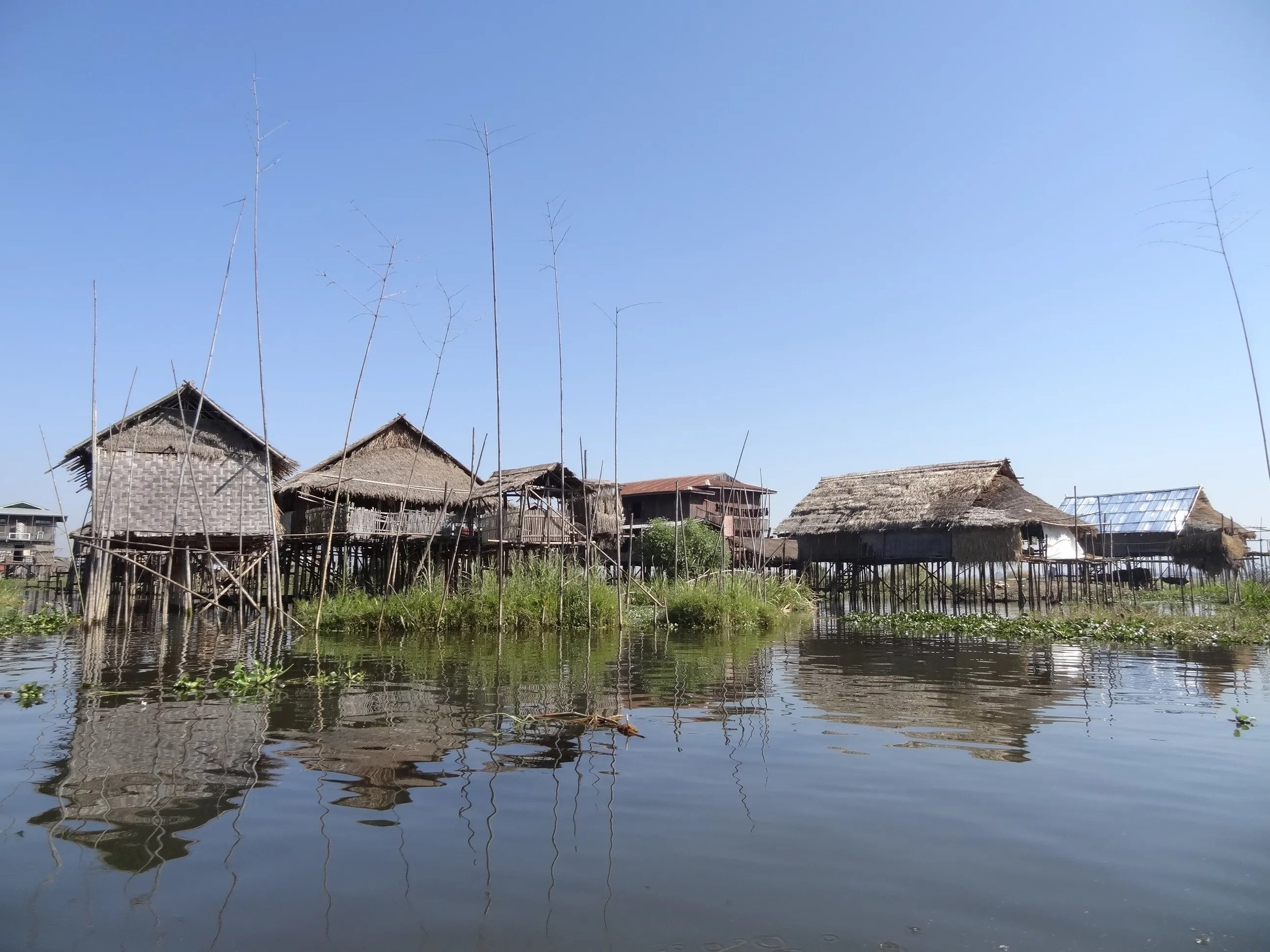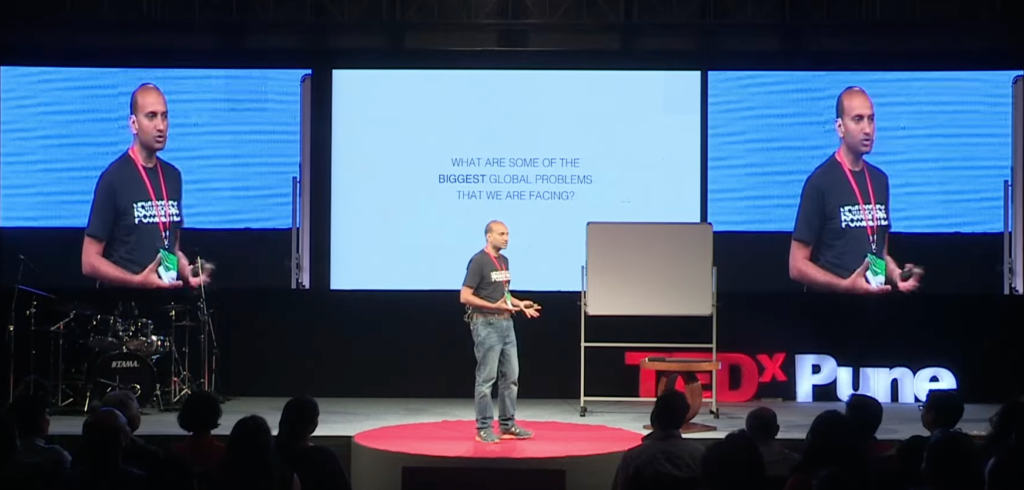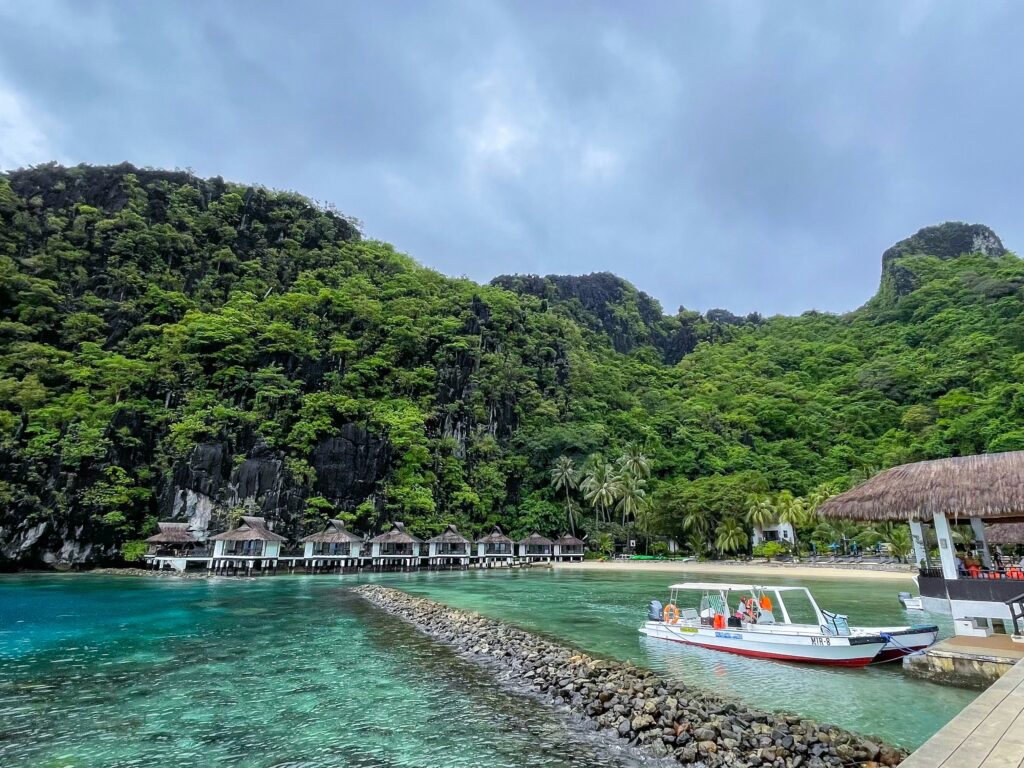Discover the eco-friendly and community-centric aspects of Traditional Myanmar Stilt Houses. Learn about their history, significance, sustainable construction practices, and future directions.

PHOTO: Field Study of the World
With its rich cultural heritage and stunning natural landscapes, Myanmar is home to a traditional housing style that embodies sustainability and eco-consciousness – stilt houses. The practice of building houses on stilts has evolved over centuries, adapting to the country’s geographical conditions and cultural needs.
Introduction to Myanmar’s Stilt House Tradition
Myanmar’s stilt house tradition can be traced back to ancient origins and early civilizations in flood-prone regions. The need to protect homes and communities from regular flooding led to the development of stilt house designs that lifted structures above the water’s reach. These early adaptations laid the foundation for the unique architectural style seen in Myanmar today.
Throughout the ages, stilt house designs have continued to evolve. Cultural shifts have shaped the varied styles across Myanmar, showcasing these structures’ practicality and aesthetic beauty.
Stilt houses hold great cultural significance in Myanmar society. They are not just shelters but symbols of spirituality, community, and identity. These houses serve as gathering spaces for community events, festivals, and ceremonies, fostering a sense of unity and strengthening social bonds.
These houses are predominantly found in specific regions of Myanmar, such as the Ayeyarwady Delta, Inle Lake, and other areas prone to flooding. The prevalence of stilt houses in these regions is closely tied to the geographical landscape.
The challenge of building structures in flood-prone areas influences Myanmar’s stilt house designs. The raised structures and elevated platforms allow the homes to withstand seasonal floods, ensuring the safety and well-being of the residents.
Eco-friendly Aspects of Stilt Housing
Natural Ventilation
Stilt houses are designed to promote natural ventilation, taking advantage of the tropical climate prevalent in Myanmar. The elevated platforms allow cool air to circulate beneath the structure, creating a natural cooling effect. This reduces the need for energy-intensive cooling systems, contributing to energy conservation and reduced carbon footprints.
Flood Resistance
One of the significant benefits of stilt houses is their ability to resist floods. Historically, stilt house construction was essential in flood-prone areas, providing safety and security during high water levels. In the face of climate change and the increasing frequency of extreme weather events, the relevance of stilt houses becomes even more critical, offering a sustainable housing solution in vulnerable regions.
Sustainable Materials
The choice of materials in stilt house construction also contributes to their eco-friendly nature. Traditional Myanmar stilt houses often utilize locally sourced bamboo, teak, and rattan. These materials are abundant and renewable, ensuring minimal environmental impact.
The use of sustainable construction materials like bamboo offers several benefits. Bamboo grows quickly, requiring minimal water and no chemical inputs. Its strength and durability make it an ideal choice for structural components of stilt houses. Additionally, bamboo removes significant amounts of carbon dioxide from the atmosphere, aiding the fight against climate change.
Modern Adaptations and Innovations

PHOTO: Field Study of the World
Blending modern amenities with traditional designs ensures the comfort and convenience of residents while maintaining the cultural charm and sustainability of stilt houses. Integrating energy-efficient lighting, water conservation systems, and solar panels showcases a commitment to sustainable living.
The rise of stilt house resorts has further promoted eco-tourism in Myanmar. These resorts offer tourists the opportunity to experience authentic living in stilt houses, providing financial support for preserving cultural traditions and promoting sustainable practices.
Case studies like Inle Heritage Stilt Houses exemplify the successful integration of stilt houses into modern tourism. Through visitor feedback and residents’ experiences, it becomes evident that sustainable architecture and net-zero lifestyles are in high demand among those seeking authentic and environmentally friendly experiences.
Economic and Community Impacts
Cost-Effective Housing
Compared to other housing types in Myanmar, stilt houses offer a cost-effective solution for those seeking sustainable living options. Using locally sourced materials and the traditional craftsmanship involved in construction helps keep costs manageable. Additionally, the low maintenance requirements of stilt houses contribute to long-term affordability.
Community-Centric Design
Stilt houses are designed with communal spaces that foster interactions among residents. These shared spaces serve as gathering areas for cooking, dining, and socializing. The community-centric design facilitates social cohesion and preserves cultural traditions, strengthening the collective identity of the residents.
Support for Traditional Craftsmanship
The construction of stilt houses relies on traditional craftsmanship, creating employment opportunities and fostering the preservation of valuable skills. The demand for skilled artisans and craftsmen contributes to local economies, ensuring sustainable livelihoods and the passing down of traditional knowledge from one generation to another.
Challenges and Future Directions
Balancing the need for modern amenities with the preservation of cultural heritage is a challenge faced by stilt house communities. Engaging with residents and heeding their feedback is crucial in finding sustainable solutions that meet both their current needs and their desire to maintain cultural traditions.
Sustainable Material Sourcing
The construction of stilt houses can have a negative impact on the environment if not done sustainably. The government and NGOs should develop strategies for responsible sourcing and ensure the long-term availability of materials. Additionally, the impact of climate change on regions with stilt houses must be carefully monitored, with adaptation measures implemented to address potential risks.
Preservation Efforts
Preservation efforts require the active involvement of various stakeholders. Leaders can contribute resources to fund projects that promote stilt house preservation and educate communities about sustainable construction practices. Promoting the homes as a unique cultural heritage also attracts tourists and raises awareness and appreciation for their eco-friendly aspects.
Preserve the Legacy, Build a Sustainable Future
Traditional Myanmar stilt houses embody sustainable practices, offering an eco-friendly legacy rooted in community and culture. Preserving this tradition, investing in sustainable construction, and supporting these communities fosters a more environmentally conscious and culturally rich future.
Their impact showcases how sustainable architecture can benefit individuals, communities, and the environment. By embracing sustainability in construction and daily life, we can achieve a net-zero lifestyle that harmonizes with nature. Join us on this transformative journey toward sustainable living and explore the limitless possibilities that await.
To know more about our BillionBricks and our net-zero homes and communities, please email us at hello@billionbricks.org.
Resources:
-
FIELD STUDY OF THE WORLD. Floating villages and gardens of Inle Lake. Retrieved from:https://www.fieldstudyoftheworld.com/floating-villages-inle-lake/#:~:text=Since%20the%20house%20is%20raised,drying%20in%20the%20humid%20environment.
-
The New Humanitarian. Flooding in Myanmar’s Irrawaddy Delta. Retrieved from: https://www.thenewhumanitarian.org/photo-feature/2015/09/17/flooding-myanmar-s-irrawaddy-delta
-
Marissa Carruthers. Sustainable travel: in Myanmar, eco-tourism pioneer helps Inle Lake recover, and benefit, from rise in visitors. Retrieved from: https://www.scmp.com/lifestyle/travel-leisure/article/3020504/sustainable-travel-myanmar-eco-tourism-pioneer-helps-inle
-
Secret Retreats. Inle Heritage Stilt Houses. Retrieved from: https://www.secret-retreats.com/hotels/myanmar-burma/inle-lake/inle-heritage-stilt-houses
-
Tourism in Myanmar. Inle Lake. Retrieved from: https://tourisminmyanmar.com.mm/inle-lake/
-
The NoBroker Times. Everything You Need to Know About Stilt Houses – Building Process, Designs & Advantages. Retrieved from: https://www.nobroker.in/blog/stilt-houses/#:~:text=Answer%3A%20Bamboo%20is%20even%20more,to%20build%20a%20stilt%20house.


